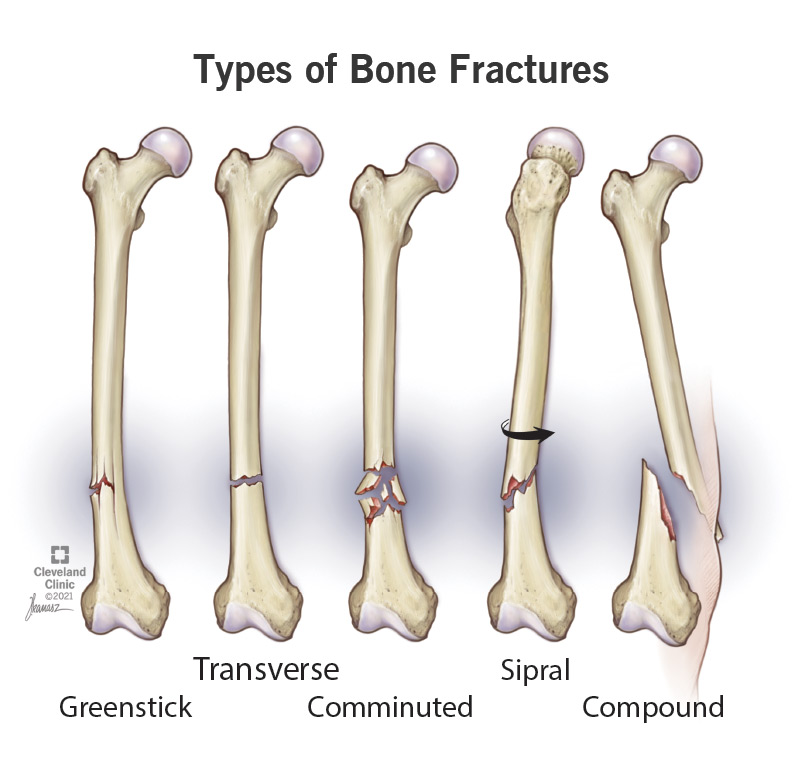For this task, I have researched in to the different types of injury our body’s can endure, their technical terms, and the causes and signs for each different injury. This will help ensure I am using the correct technical terms when studding wounds, and designing my final Special Effects Makeup look.
Warning – This document contains images of real injuries, that some people may find upsetting.
Open wounds
Many injuries can lead to open wounds. There are four main types of open wound, known as;
Abrasion – Caused when the skin rubs or scrapes against a rough surface. This causes minimal bleeding. May be caused by falling/ tripping over, or walking into something.

Laceration – A deep cut or tearing of the skin, that can cause mild to rapid and extensive bleeding. May be caused by cutting oneself on an object.

Puncture – A small hole caused by one becoming impaled by a long or pointy object. These injuries may not bleed much but can penetrate deep enough to cause external damage to nerves, blood vessels, and internal organs. This may be caused by shrapnel, or falling on to an object.

Avulsion – A partial or complete tearing away of the skin and tissue, causing heavy and rapid bleeding. This may be caused by an explosion or gunshot.

Internal injury
Internal injuries may also occur, mainly after these two main types of incident;
Blunt force trauma – Happens after a body part collides with something else, causing blood vessels to tear and/ or crush. This may be caused by a car accident, physical assault, or a fall.
Penetrating trauma – When a foreign object penetrates the body, tearing holes in the blood vessels. This may be caused by a gunshot, stab wound, or falling on to a sharp object.
The term internal injuries describes injuries that occur beneath the skin and muscle, these may include;
Vascular trauma – An injury to an artery or vein.

Organ injury – An injury that affects the use of effectiveness of an organ.

Peripheral nerve injury – An injury that affects the central nervous system.
Bone injury
Bone injury can also occur, in many different forms. These different types of fractures may cause; swelling, tenderness, bruising and/ or a visible deformity.
Dislocation – When the ends of your bones are forced out of their normal positions, separating them from their joints.

Subluxation – When a bone partially dislocates from its joint.

Stable fracture – Where the broken ends of a bone line up, and the bone is barely misplaced.
Open (compound) fracture – Where the skin is either pierced by the bone, or from the impact that caused the break. The bone may not be visible.
Transverse fracture – Where the bone fractures in a horizontal line.
Oblique fracture – Where the bone breaks in an angled pattern.
Comminuted fracture – When the bone shatters into three or more pieces.

Bruising
Bruising is likely to occur after any kind of injury. There are various types of bruising, including;
Subcutaneous bruising – When bruises occur just beneath the skin.

Intramuscular bruising – When bruising occurs in the skin’s underlying muscles.

Periosteal bruising – When bruising occurs on the bones.

Burns
Burns are also a common injury, they are measured in degree, from first to fourth.
First degree burns – Burns that affect only the outer layer of the skin. The site will be red and painful, but will have no blisters.

Second degree burns – Burns that involve the inner layers or the skin. The site will be red, swollen and blistered.

Third degree burns – Burns that destroy all layers of the skin, and begin to affect the tissue below. The site will appear white, or back and charred.

Fourth degree burns – Burns that penetrate through all layers of the skin and tissue, potentially even reaching muscle and bone. These burns will completely destroy nerve endings, meaning the victim will feel no pain.

